Testing times: Inside the RHS's Trials Garden at RHS Wisley
Nothing is so useful to the gardener as the plant trials that are quietly run by the RHS and judged by a specialist panel that publishes free reports available to all, suggests Charles Quest-Ritson.
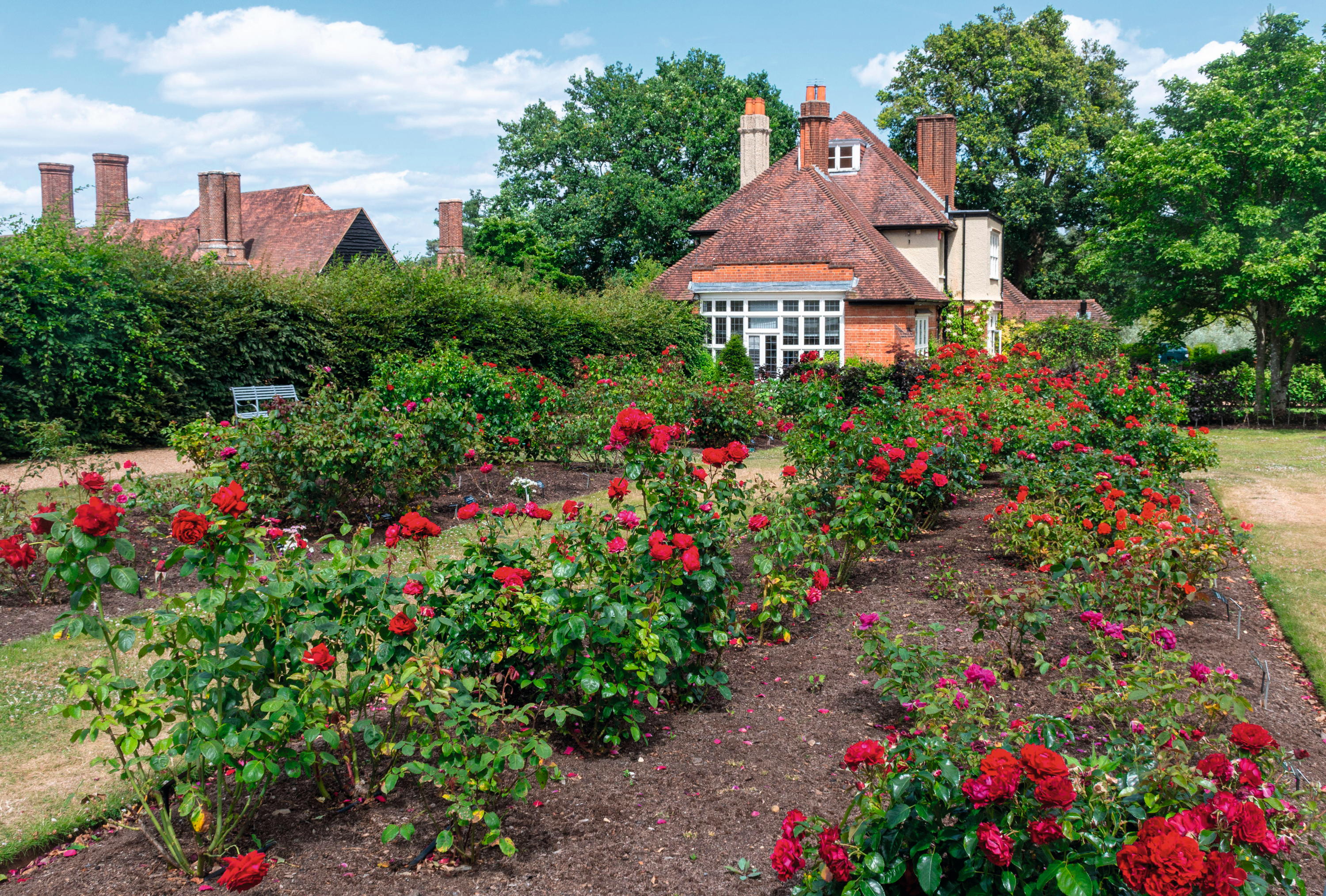

All gardeners know about the RHS garden at Wisley in Surrey and, if they have never visited it, they hope one day to do so. Then they find that it is enormous and that it needs several visits to see only a fraction of what there is to enjoy and learn from — and that they need to return at different seasons because, as in all good gardens, there is much to see in every month of the year.
There is a new, must-see area now, called the Trials Garden. It occupies the former site of the plant centre, a spacious enclosure all along one side of the famous double borders that run up towards Battleston Hill, and it moved here four years ago from a more remote part of the garden at Wisley, alongside the noisy A3. The new Trials Garden is an extensive and impressive feature that beckons you in.
The tradition of running trials at Wisley goes back a long way — long before Sir Thomas Hanbury bought the site and put it in trust for the RHS. The previous owner was a keen horticulturist called George Wilson, who bought the estate, then known as Glebe Farm, in 1878, to experiment with plants in the area still known as Oakwood — and he called his estate Oakwood Experimental Garden. Wilson was one of the first gardeners to grow lilies outside — they had previously been treated as greenhouse plants — and he showed how to grow Japanese irises, I. ensata, in their thousands in the water garden he made below the present alpine meadow.
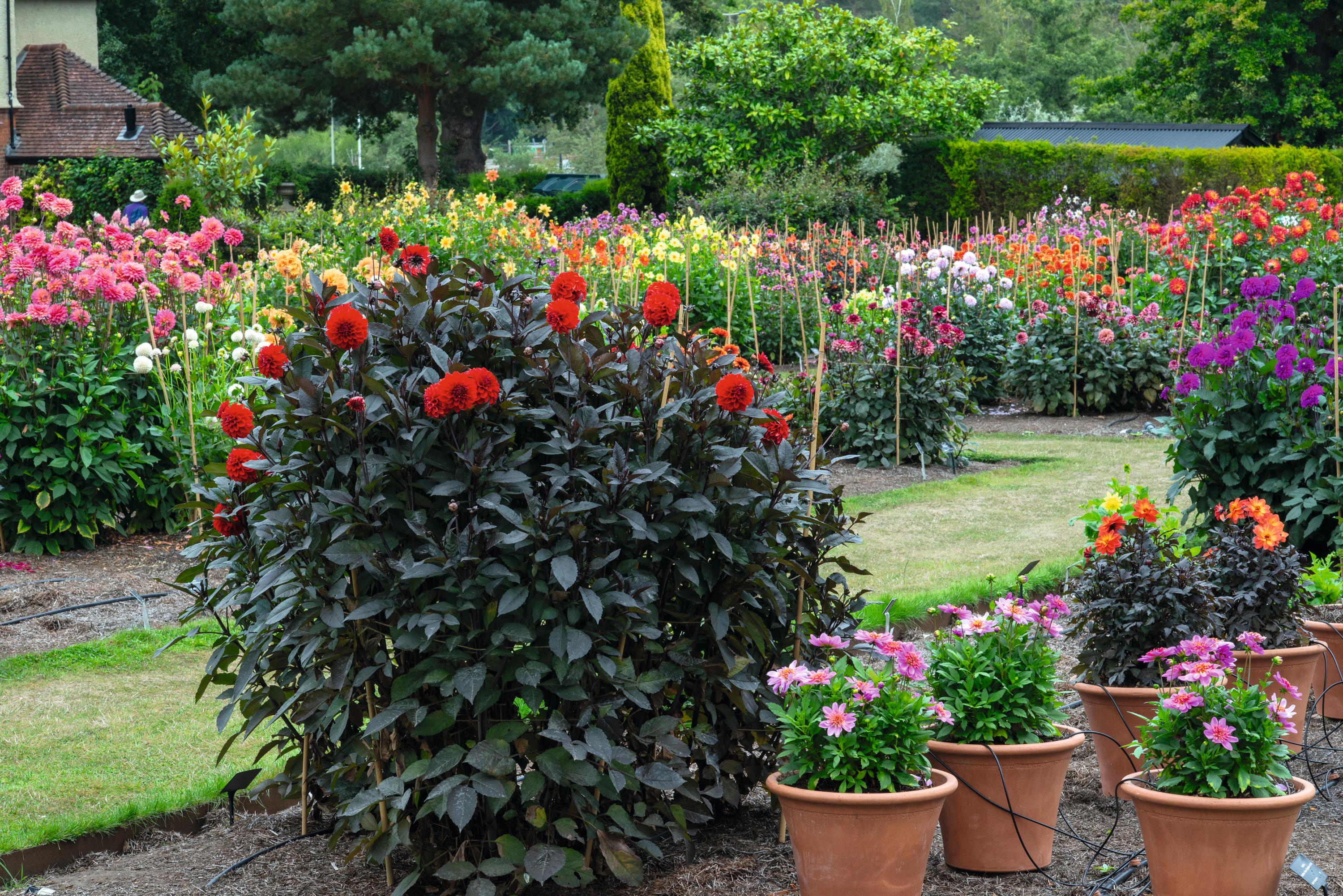
The results of the 2023–24 Dahlia trial that assessed brand new cultivars over the course of two seasons (to see how they overwinter), both in the ground and in pots, are published in May 2025.
The RHS’s modern trial gardens were much needed, because people have always looked to the society to tell them which plant varieties are the best of their kind. The RHS now runs between 20 and 25 field trials, each focused on a single type of plant — shrubs, herbaceous plants, bulbs and alpines are all currently the subject of trials at Wisley. It should, however, be said that garden trials were not always the society’s way of recognising the best plants and recommending them to gardeners.
Many of the awards that the RHS has given to plants over the years were based on plants shown at its shows — typically the fortnightly shows at Westminster that are now so missed. Sometimes these awards were given to potted plants, such as bulbs and alpines, that were exceptionally well grown, whether or not they were suitable for less skilled gardeners.
On other occasions, a cut flower, perhaps a rose or rhododendron, might receive an award on the basis of only one showing. In recent years, however, the emphasis has been upon extensive trials of plants where different varieties can be grown and studied together in one of the RHS’s gardens.
The best, only a few, receive the society’s top recognition of plant quality, the Award of Garden Merit (AGM), which is now the gold standard throughout the world of horticulture. Nurserymen like to sell plants with an AGM because they have confidence in the RHS’s judgement and their customers can be certain of acquiring sturdy, dependable plants of exceptional garden value.
Exquisite houses, the beauty of Nature, and how to get the most from your life, straight to your inbox.
When you enter Wisley’s Trials Garden, you see long rectangular beds, full of colour and dedicated to a single plant type, so that all the cultivars undergoing testing are growing in identical conditions and can easily be compared and judged. It is the judges who are the unsung heroes of the system. Each trial is regularly assessed for as long as necessary, usually two to four years, by experts who bring their knowledge and experience to weigh up the merits and deficiencies of every plant in the trial.
These great horticultural authorities, not always properly valued by the RHS, include nurserymen, plantsmen, botanists, holders of National Collections and experienced specialists, who give their time and knowledge freely for no reward other than love of the genus under trial. Their meetings are accompanied by RHS staff, who take note of the experts’ comments and may be asked to give specific cultural treatments to the entries, such as pruning or feeding. Other RHS experts take photographs and herbarium specimens of each variety for the society’s permanent records.
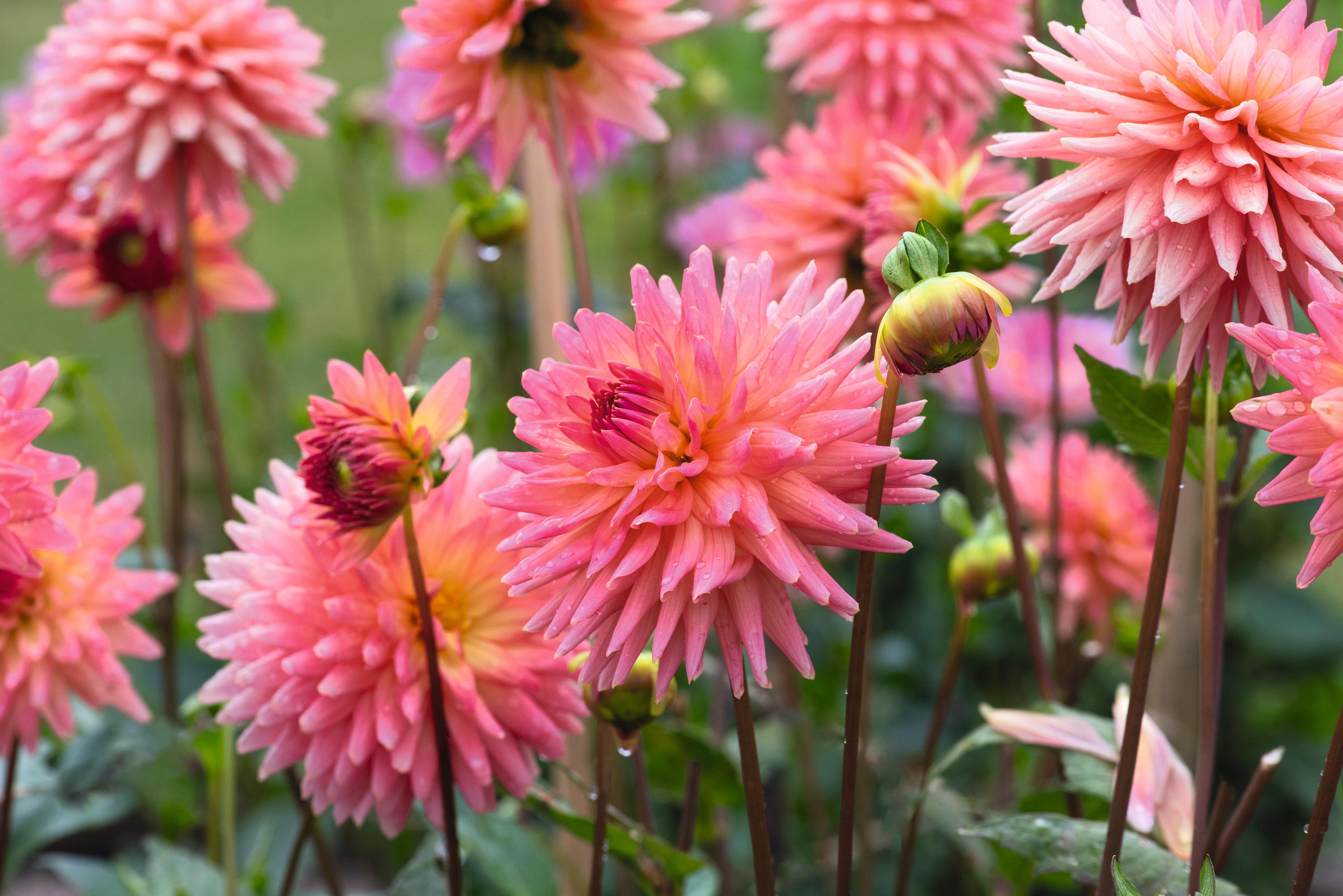


Many of the outstanding plants will show their qualities right from the start, but the judges will not make their final decisions until the end of the trials. Each entry is individually assessed. Is it healthy? Does it grow sturdily? Are the flowers of good size and shape? Are they borne in good quantity? Does it represent a distinct improvement on existing varieties? After discussion, it becomes clear which are the best varieties — a decision about which there is usually a high degree of unanimity among the expert judges. Then the results are published on the RHS’s website and the award-winners entered in the list of AGM plants, to which good gardeners turn whenever they want to buy a plant and do not know which are the best varieties.
The judges’ verdicts sometimes bring surprises. A recent four-year trial of red roses gave only four new AGMs — and all to vigorous, healthy, floriferous shrub roses. This does not mean that the traditional Hybrid Teas, Floribundas and David Austin roses are losing their popularity, but it does mean that the judges concluded that they cannot really compete for disease resistance and sheer flower power with the best of the new shrub roses.
Some of the trials are shared with other gardens. A recent Wisley trial of shrubby veronicas, perhaps better known to gardeners as hebes, was duplicated at the RHS garden at Harlow Carr. The plan was to discover which cultivars grew well at Wisley, but would not survive the harsher climate of North Yorkshire. In the event, the entire collection at Wisley was wiped out by a freak frost, whereas a series of mild winters benefited the plants at Harlow Carr. The current trials of tree houseleeks — species and cultivars of Aeonium — are sensibly shared between Wisley and the Minack Theatre, perched on cliffs near Land’s End in Cornwall. A few trials take place in other RHS gardens, too, or suitable sites, such as the Royal Botanic Garden in Edinburgh, which is currently hosting a spectacular trial of Aruncus.

The current trial of Diascia is a continuation of the 2023–24 trial of annual bedding types and will judge perennial cultivars over two summers.
Among the most interesting trials now under way at Wisley are Centaurea, members of the cornflower genus, most of them perennials; the latest Gladiolus varieties in all their sumptuous range; a charming multi-coloured display of Helianthemum rock roses (you will notice how quickly they grow); and lupin cultivars, those classic cottage-garden plants for borders. There is also a trial of cultivars of Narcissus cyclamineus, the dainty little daffodil whose perianth segments (the petals behind the trumpet) fold right back on themselves and are among the first of all bulbs to flower in spring. Following that ground-breaking trial of red roses, the RHS Trials Committee is now embarking on a trial of Persica hybrids. Rosa persica is the desert rose from Central Asia, with yellow flowers that have a crimson blotch at the base of their petals. These have, in recent years, been successfully crossed with garden roses, so that a very wide range of bush shapes and flower colours is now available.
There are many reasons for visiting Wisley — in every month of the year. Improvements to the junction between the M25 and the A3 are expected to make access much easier and the garden now has its own approach bridge over the A3. There is always something new and interesting to see, but the plant trials are now a strong attraction.
The Trial Garden is open whenever the garden itself is open, and every plant is clearly labelled so that visitors can note the varieties that take their fancy, whatever the verdict of the judges may be. It’s a fascinating experience to see so many varieties competing for an AGM — it’s where you see what we shall soon be finding in garden centres and growing in our own gardens.
For more information about visiting the RHS Wisley Trials Garden, Surrey, and to read the results of past trials, visit www.rhs.org.uk
Charles Quest-Ritson is a historian and writer about plants and gardens. His books include The English Garden: A Social History; Gardens of Europe; and Ninfa: The Most Romantic Garden in the World. He is a great enthusiast for roses — he wrote the RHS Encyclopedia of Roses jointly with his wife Brigid and spent five years writing his definitive Climbing Roses of the World (descriptions of 1,6oo varieties!). Food is another passion: he was the first Englishman to qualify as an olive oil taster in accordance with EU norms. He has lectured in five languages and in all six continents except Antarctica, where he missed his chance when his son-in-law was Governor of the Falkland Islands.
-
 18 country houses across Britain, from £400,000 to £4 million, as seen in Country Life
18 country houses across Britain, from £400,000 to £4 million, as seen in Country LifeOur look at the homes to come to the market via Country Life this week picks out a charming Kent cottage and an Arts and Crafts house in Leicestershire.
-
 The greatest flowers make the greatest art
The greatest flowers make the greatest artA search for still-life subjects led Kate Friend to some of the greatest gardens and gardeners in the country
-
 The greatest flowers make the greatest art
The greatest flowers make the greatest artA search for still-life subjects led Kate Friend to some of the greatest gardens and gardeners in the country
-
 There are a billion microbes in a teaspoon of soil. Leaving the leaves to Nature feeds and nourishes them
There are a billion microbes in a teaspoon of soil. Leaving the leaves to Nature feeds and nourishes themLeaf blowers aren't just futile and polluting — they're actively bad for the health of your garden, not to mention your mental wellbeing. Time to reach for the rake, says Isabel Bannerman.
-
 What trees taught me about perfect planting — Alan Titchmarsh
What trees taught me about perfect planting — Alan TitchmarshSense and patience is key to growing healthy trees, as a certain Mr Mackenzie showed a young Alan Titchmarsh
-
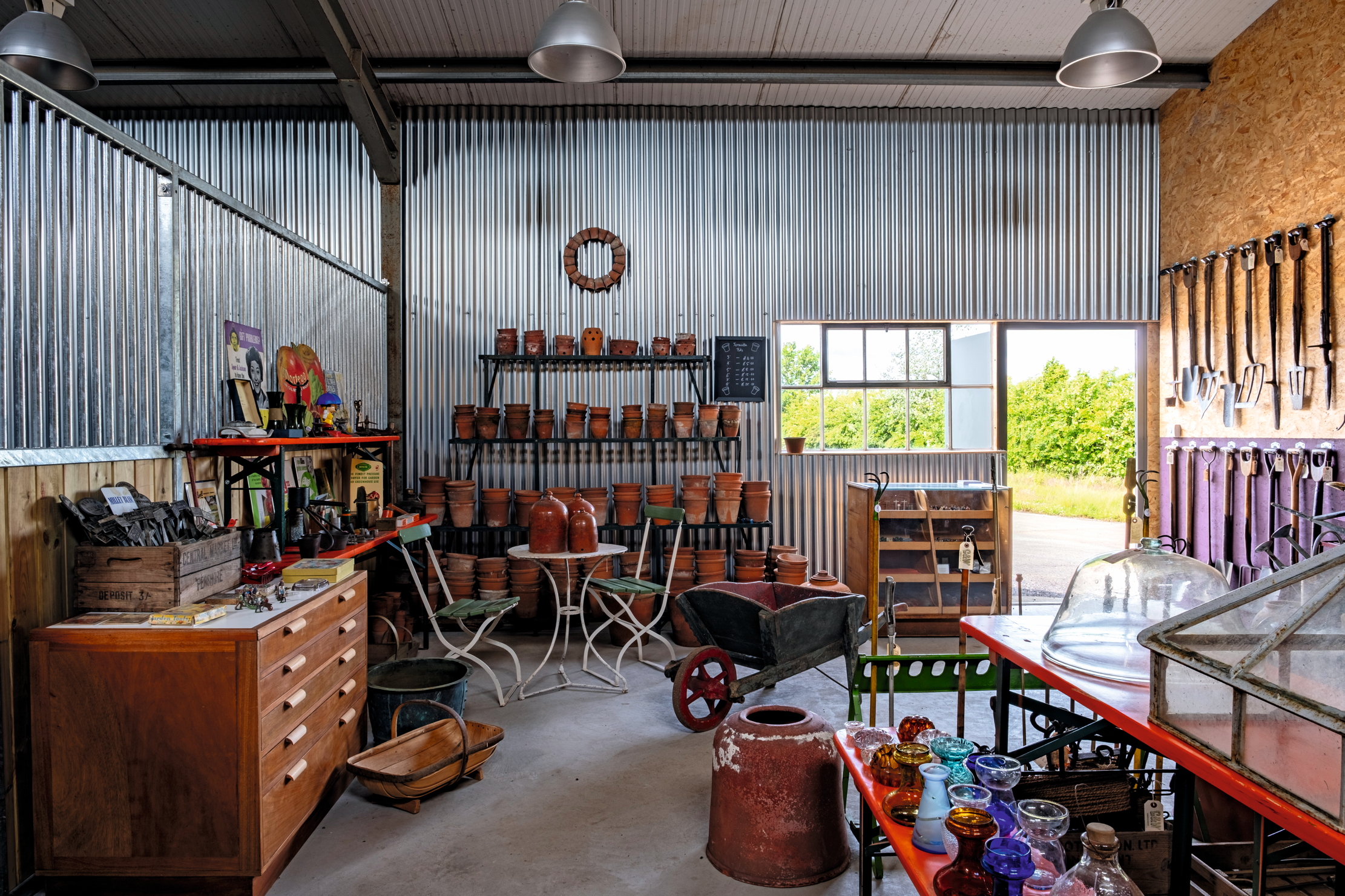 When it comes to making the perfect garden tool, the past has all the answers
When it comes to making the perfect garden tool, the past has all the answersMary Keen visits Garden & Wood, the mecca for dedicated gardeners who prefer using tools made in the 1940s
-
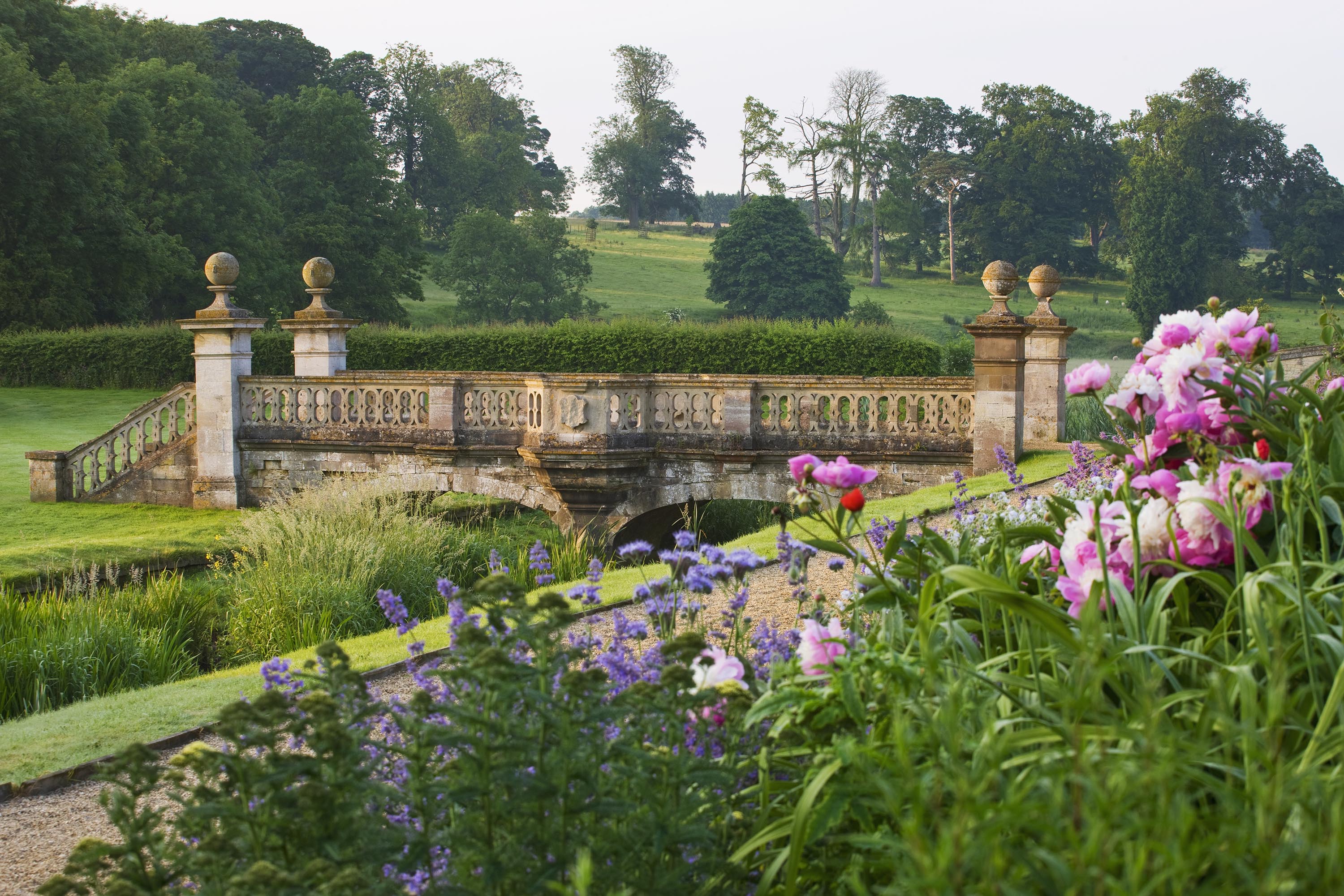 'A dream of Nirvana... almost too good to be true': The sweet peas of Easton Walled Gardens, and how you can replicate their success at home
'A dream of Nirvana... almost too good to be true': The sweet peas of Easton Walled Gardens, and how you can replicate their success at homeUrsula Cholmeley, who has spent 25 years restoring Easton Walled Gardens, recommends sowing sweet peas now for stronger plants that will better withstand the weather.
-
 How to choose the perfect rose this bare root season
How to choose the perfect rose this bare root seasonLooks can be deceiving: bare root roses are hardier and more sustainable than potted ones, says Tabi Jackson Gee, who moved to a cottage in Wiltshire and went about finding the perfect plant. You just need patience.
-
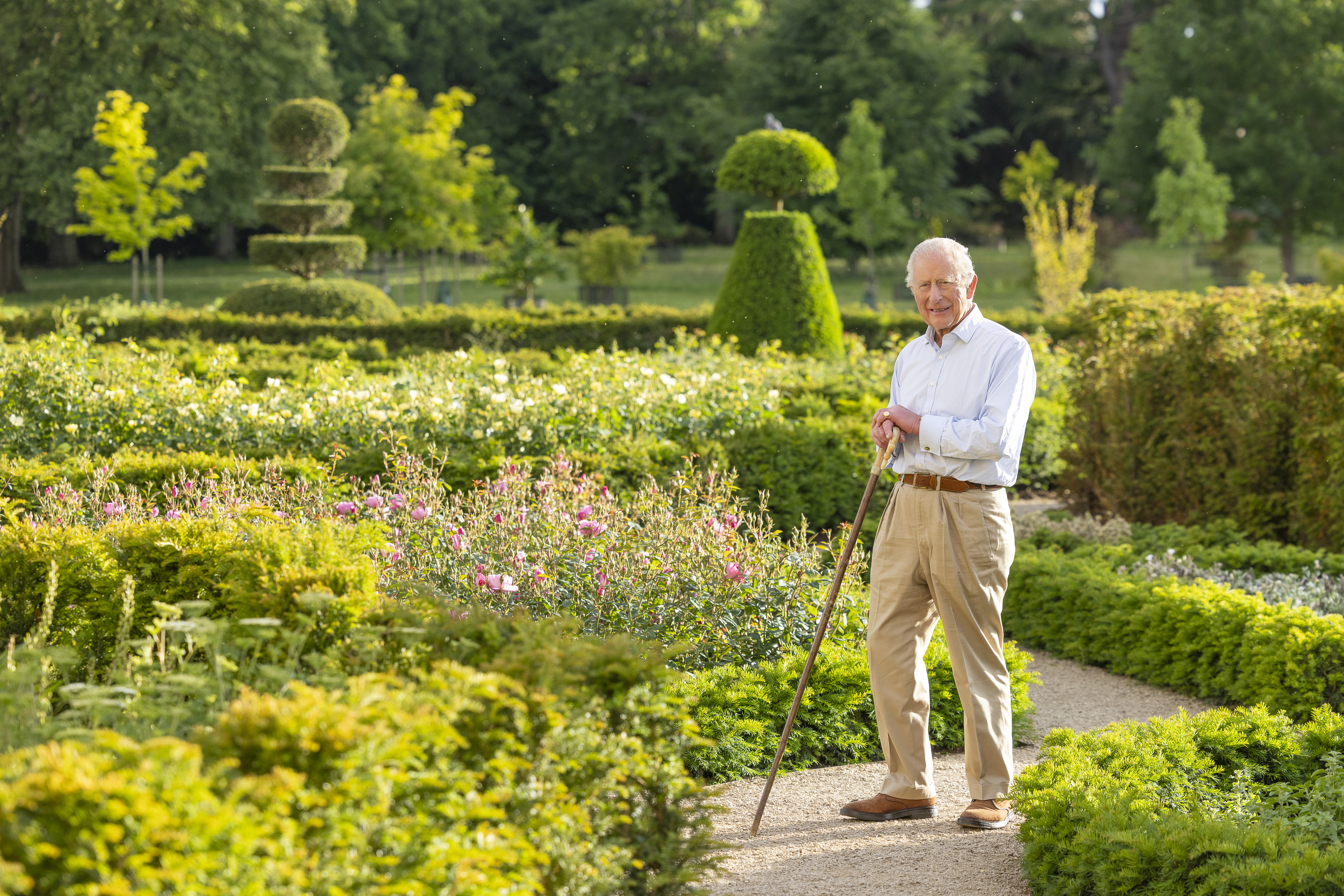 Exclusive: The King's remarkable resurrection of the gardens and parkland at Sandringham
Exclusive: The King's remarkable resurrection of the gardens and parkland at SandringhamThe King took over the running of the 21,000-acre Sandringham estate in 2017 — and in the last three years has transformed it beyond recognition.
-
 The trees that are as fine to eat as they are to look at
The trees that are as fine to eat as they are to look atMark Diacono doesn't grow many trees for the sake of the bounty they provide — but these are the notable exceptions.
